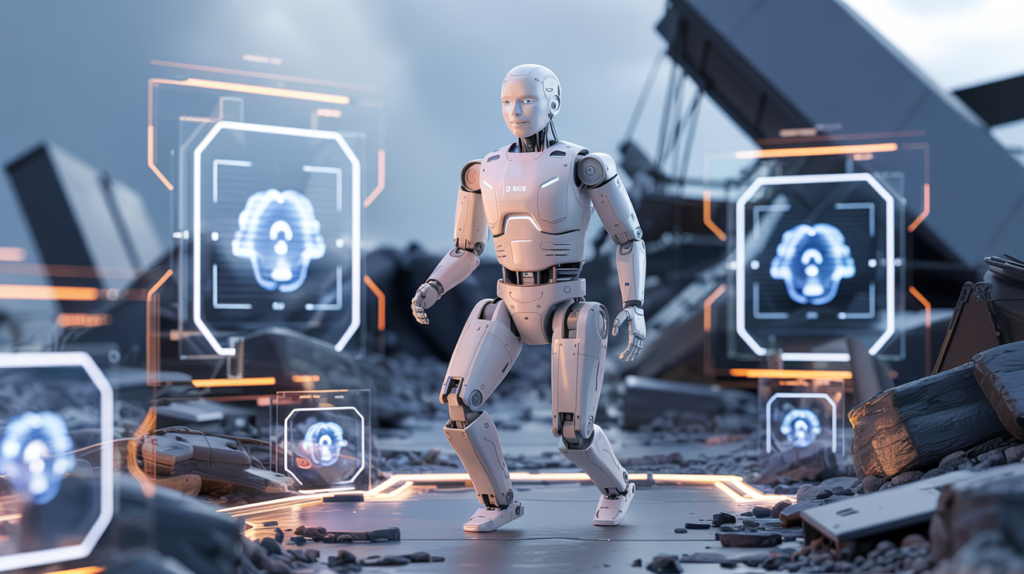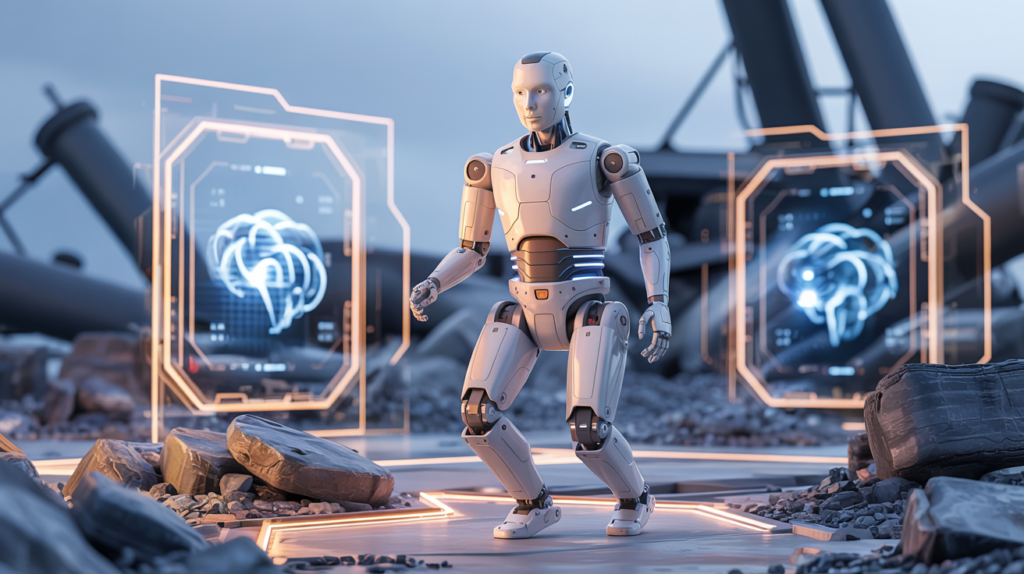China’s Humanoid Robot Adam Redefines Mobility with AI-Powered Learning
A groundbreaking video showcases Adam, a humanoid robot developed by China’s PNDbotics, walking with uncanny human-like precision. Powered by advanced reinforcement learning (RL) algorithms, Adam dynamically adjusts its stride, balance, and pace in real time, maintaining stability across uneven terrains. This innovation bridges the gap between simulated training and real-world application, marking a leap forward in robotic autonomy. China’s Humanoid Robot
Reinventing Robotics with Adaptive Learning
Traditional robots, like Boston Dynamics’ Atlas, rely on preprogrammed models and mathematical precision, excelling in controlled settings but faltering in unpredictable environments. Adam’s secret lies in its proprietary Deep Reinforcement Learning (DRL) system, which enables self-taught adaptability. By analyzing vast datasets and mimicking human motion through imitation learning, Adam’s AI “thinks on its feet,” learning from interactions to navigate complex scenarios without rigid coding.
“We’ve integrated NVIDIA Isaac Gym’s parallel training environment to streamline DRL development,” states PNDbotics. This approach allows Adam to rapidly optimize movements, from stair-climbing to recovering from slips, using real-time feedback.

Breaking Barriers in Robotic
Breaking Barriers in Robotic Design
- Enhanced Actuators: High-torque, modular joints (360 Nm output) enable fluid, force-controlled movements.
- Biomimetic Structure: A 1.6-meter-tall frame with 25 degrees of freedom mirrors human anatomy for agility.
- Cost-Effective Modularity: Affordable, replaceable parts lower research barriers, democratizing humanoid robotics.
Since its 2023 debut, Adam has undergone rigorous upgrades:
Unlike traditional models, Adam’s imitation learning framework leverages motion-capture data from human subjects, refined to fit its mechanical structure. This ensures seamless transitions from lab simulations to real-world deployment.
Why Adam Matters for the Future of Robotics

AI-Powered Learning
Legged robots have long struggled with high costs and scalability. PNDbotics tackles these challenges head-on:
- Real-Time Adaptability: Adam’s RL-driven system thrives in dynamic settings, from construction sites to disaster zones.
- Blind Navigation Mastery: Without relying on visual sensors, Adam balances purely through kinetic feedback—a feat once deemed impossible.
- Open Research Potential: Modular design and open-source training tools invite global collaboration.
The Road Ahead
While Adam currently focuses on locomotion, future iterations aim to integrate vision modules and dexterous hands for tasks like object manipulation. As PNDbotics refines its technology, industries from healthcare to logistics could see robots that learn, adapt, and evolve—ushering in a new era of human-robot collaboration.



